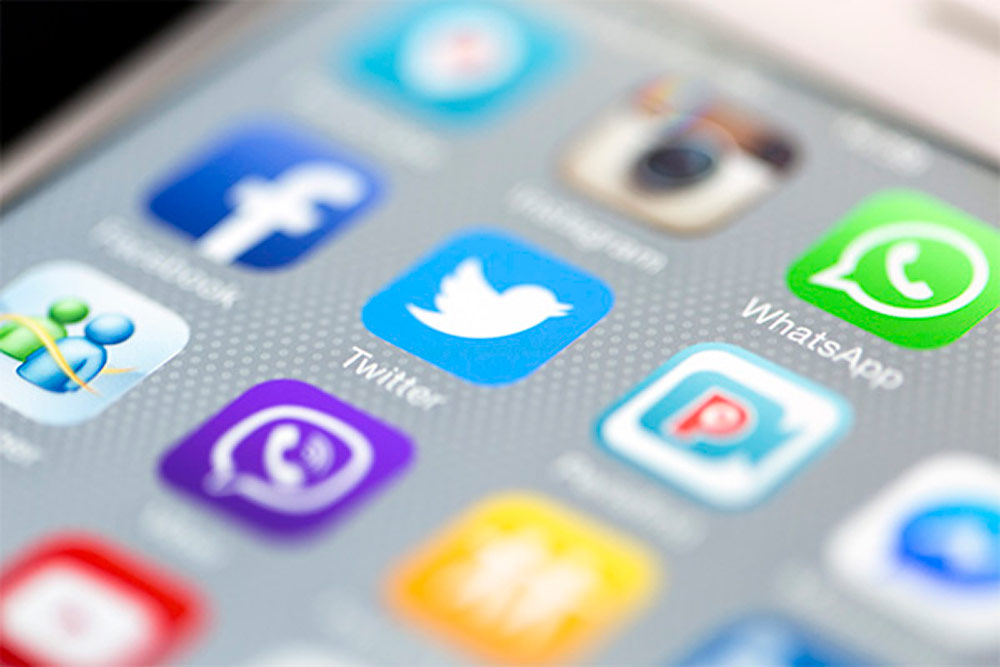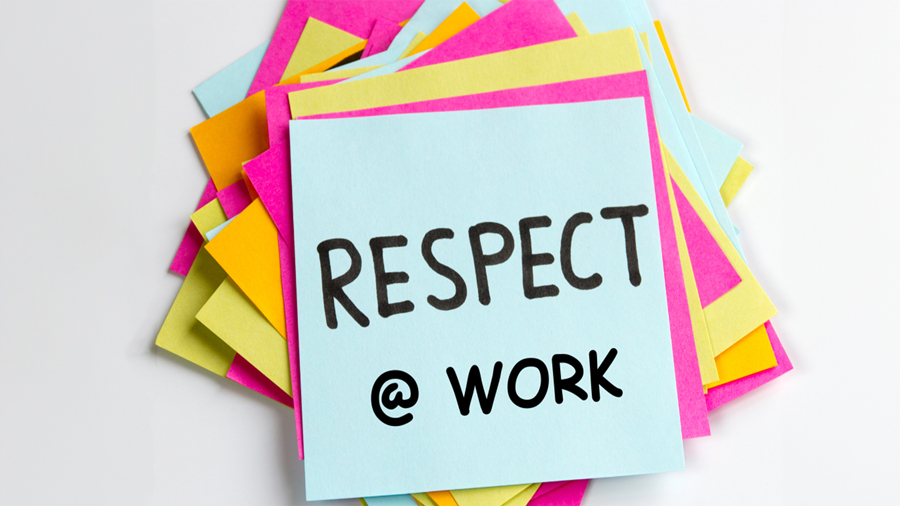Pride at Work: Do you Know 2SLGBTQI+ Terminology?
Understanding 2SLGBTQI+ terminology is important in building an inclusive and respectful workplace. The acronym 2SLGBTQI+ stands for: two-spirit, lesbian, gay, bisexual, transgender, queer or questioning and intersex. The plus sign signifies a number of other identities and is inclusive of language that is evolving around the diverse forms of identity that currently exist. 2SLGBTQI+ is only one of the acronyms used to describe the communities of people who don’t identify as heterosexual and/or cisgender.
In the workplace, we all have a responsibility to be mindful of our language so that we can communicate inclusively and create a respectful environment. This will ensure that all employees feel seen and heard, and that they have a sense of belonging.
2SLGBTQI+ Terminology
About the language and terminology within the 2SLGBTQI+ community:
- The language and terminology continuum continues to evolve. As such, remember that they are not definitive or absolute.
- The 2SLGBTQI+ acronym refers to terms that encompass an individual’s sexual orientation, gender identity, as well as gender expression.
- Terminology is open to interpretation and discussion with each individual. It may be unique to their specific circumstances and environment. As such, one’s own sexual orientation and gender identity may not match the definitions shared in this blog.
Two-Spirit encompasses gender and sexual diversity in Indigenous communities. There are many interpretations of this term – one is of a person with both feminine and masculine spirit living in the same body.
Lesbian means a female-identified person who is physically and emotionally attracted to other females.
Gay refers to a male-identified person who is physical and emotionally attracted to other males. Gay is also used as a broad term to describe people attracted to someone of the same gender.
Bisexual is a term used to describe an individual who is physically and emotionally attracted to people of more than one gender. An individual does not need to have had sexual experiences with both men and women to identify as bisexual.
Cisgender describes an individual whose gender identity is in alignment with the sex they were assigned at birth.
Transgender refers to people with diverse gender identities and expressions that differ from the sex they were assigned at birth, and/or from stereotypical gender norms.
Queer can be both positive and negative. Historically, queer has been used as an insult, but the 2+LGBTQ community has taken back this term to self-identify in a positive way.
Questioning when an individual feels unsure about their sexual orientation and/or gender identity or they may be exploring their own sexual orientation or gender.
Genderqueer, non-binary, or gender non-conforming. These terms refer to a person who identifies as neither, both, or a mix of male and female. They may define their gender outside of society norms that only acknowledges the gender binary of male and female. They may also identify as trans.
Intersex An individual who is born with both male and female sex organs or other sexual characteristics. Some intersex individuals are assigned a gender at birth that they are raised as, which may or may not fit with how they view their gender identity.
+ (plus sign) signifies a number of other identities and is inclusive of language that is evolving about the diverse forms of identity that exist, including:
Gender fluid. A person whose gender identity and gender expression shifts with time and circumstances.
Quick Tips for Using Inclusive Language
- Use “guests, folks, colleagues, team” rather than saying ladies or gentlemen,.
- Avoid the use of she or he; him or her. Instead, ask the individual what their pronoun is.
- Use the term “partner” or “spouse” instead of using girlfriend, wife, boyfriend, or husband.
- Use the term “parent” instead of referring to mother or father.
- Use the appropriate pronouns in your communications (she/her/hers, he/him/his, and they/them/theirs).
In Closing
In the 2SLGBTQI+ community, it is important to remember that preferred terms are changing as the language evolves. People’s views will differ in terms of values and preferences, and we should be sensitive to these differences in both our verbal and written communication.
It is important to be open about the language we use and consult individuals about their preferences. This way, you can honour those preferences intentionally, leading to inclusive interactions and a more respectful workplace.
See our Becoming an Ally Pride blog and share both blogs with your workplace colleagues. The more we truly understand and appreciate the 2SLGBTQI+ community, the more respectful and inclusive our workplaces will be.
Download our course catalogue for a complete list of all of our respectful workplace training programs.











